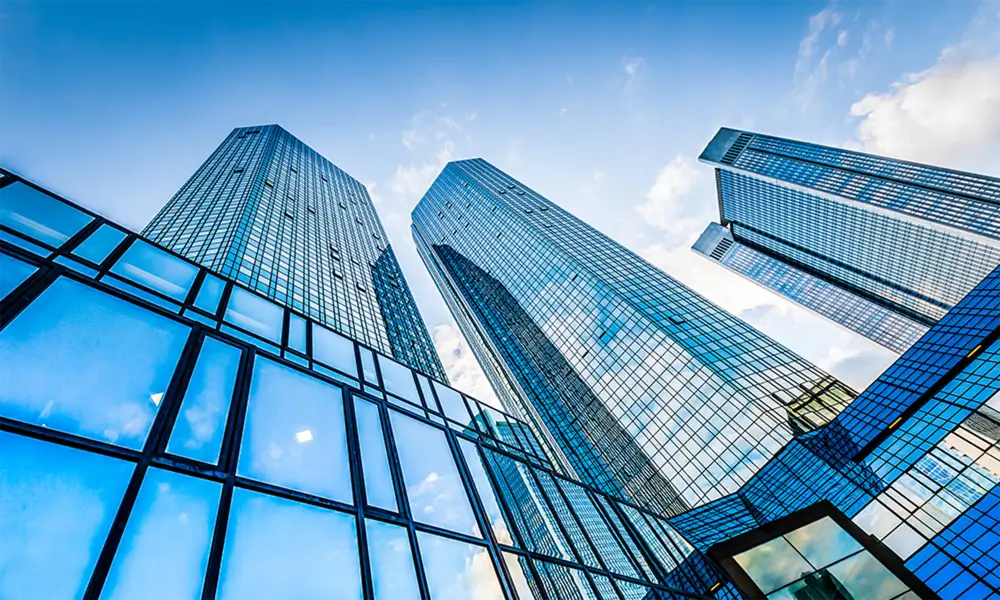

Reflective Glass An Architectural Marvel
Reflective glass, a remarkable innovation in the field of architecture and design, has transformed the way buildings interact with their environment. This specialized glass, often characterized by a shiny exterior that reflects light and images, has become a staple in modern constructions, offering both aesthetic appeal and practical advantages.
One of the primary benefits of reflective glass is its ability to enhance energy efficiency in buildings. By reflecting a significant portion of incoming solar radiation, reflective glass minimizes heat absorption, which can lead to reduced reliance on air conditioning systems. This energy-saving feature is especially valuable in warmer climates, where excessive heat gain can strain cooling systems and inflate energy bills. Moreover, with the rising global focus on sustainability, the use of reflective glass aligns with the goals of reducing carbon footprints and promoting environmentally friendly building practices.
Beyond energy efficiency, reflective glass provides an element of privacy for occupants. The reflective surface creates a one-way mirror effect during daylight, allowing those inside a building to see out while inhibiting outside views. This aspect is particularly advantageous for commercial spaces, such as offices and retail stores, where maintaining a certain level of privacy can enhance the comfort of employees and customers alike. The combination of natural light and privacy makes reflective glass an appealing choice for a variety of architectural applications.

Aesthetically, reflective glass offers striking visual effects that can enhance the overall look of a structure. Buildings adorned with this type of glass can appear sleek and modern, contributing to a futuristic architectural style. The reflective surface captures the surrounding environment, allowing the structure to blend harmoniously with the skyline or landscape. This dynamic quality adds depth and interest, creating a play of reflections that can change throughout the day with the shifting sunlight and weather conditions. Architects often employ reflective glass to create iconic landmarks that stand out in urban settings, making a bold statement while fitting into the surrounding context.
However, despite its many advantages, reflective glass is not without its challenges. One concern is glare, which can be intense in certain weather conditions, potentially causing discomfort for building occupants and affecting neighboring properties. To mitigate these issues, architects can carefully select the type of reflective glass used, considering factors such as the angle of reflection and the surrounding environment. Additionally, advancements in glass technology have led to the development of coatings that can reduce glare while still maintaining the reflective qualities that are so desirable.
Safety is another important consideration when integrating reflective glass into building designs. The glass needs to meet strict safety standards to ensure it can withstand the environmental pressures of its location, such as high winds or impacts. Thus, architects and builders must work closely with glass manufacturers to select products that not only provide the desired aesthetic and functional benefits but are also safe and durable.
In conclusion, reflective glass represents a fusion of art and science in contemporary architecture. Offering energy efficiency, privacy, and aesthetic versatility, it has become an essential component in the design of modern buildings. As technology advances and the demand for sustainable and visually compelling structures grows, the role of reflective glass is likely to expand, continuing to inspire innovative architectural solutions that enhance our living and working environments.